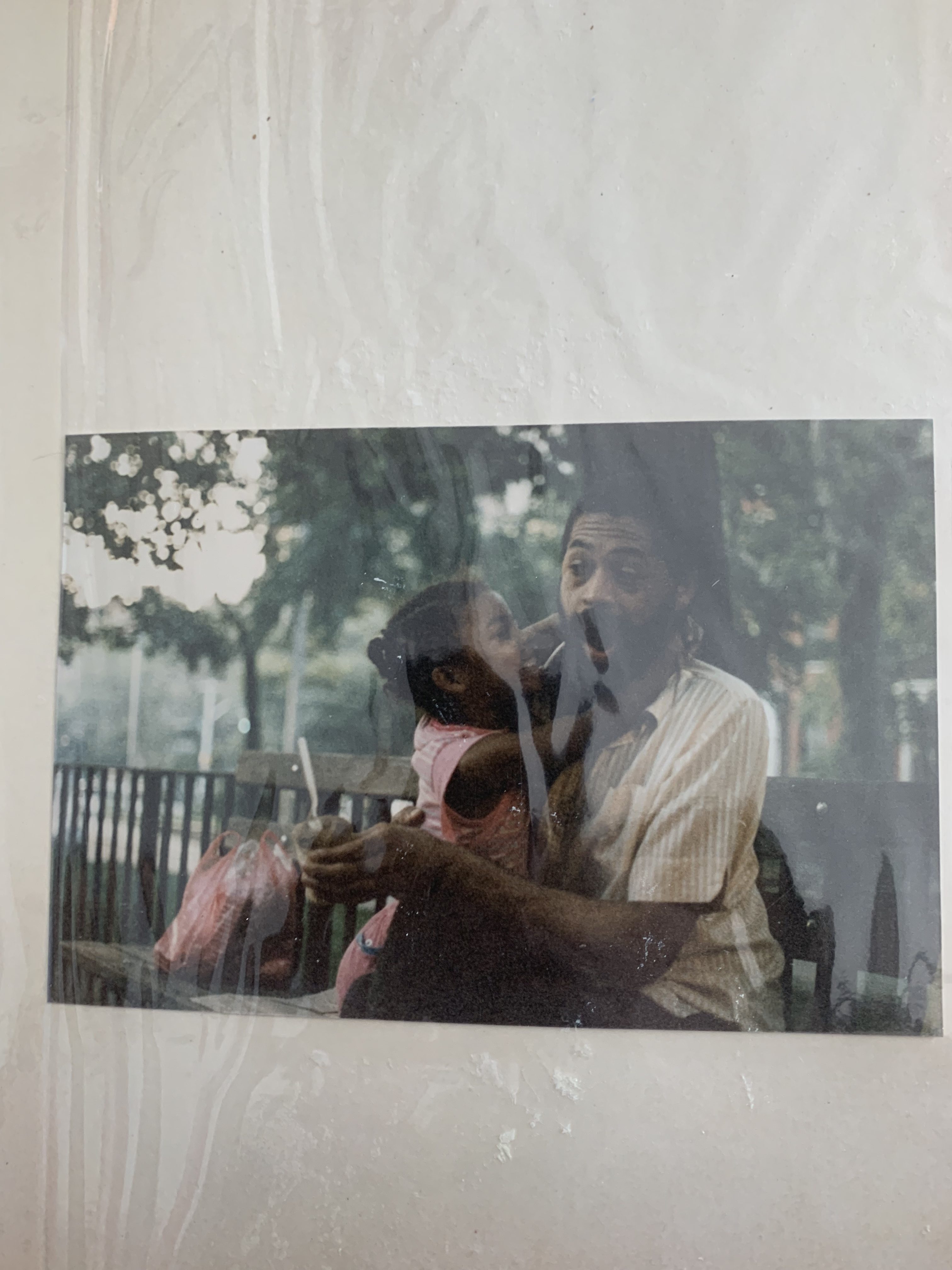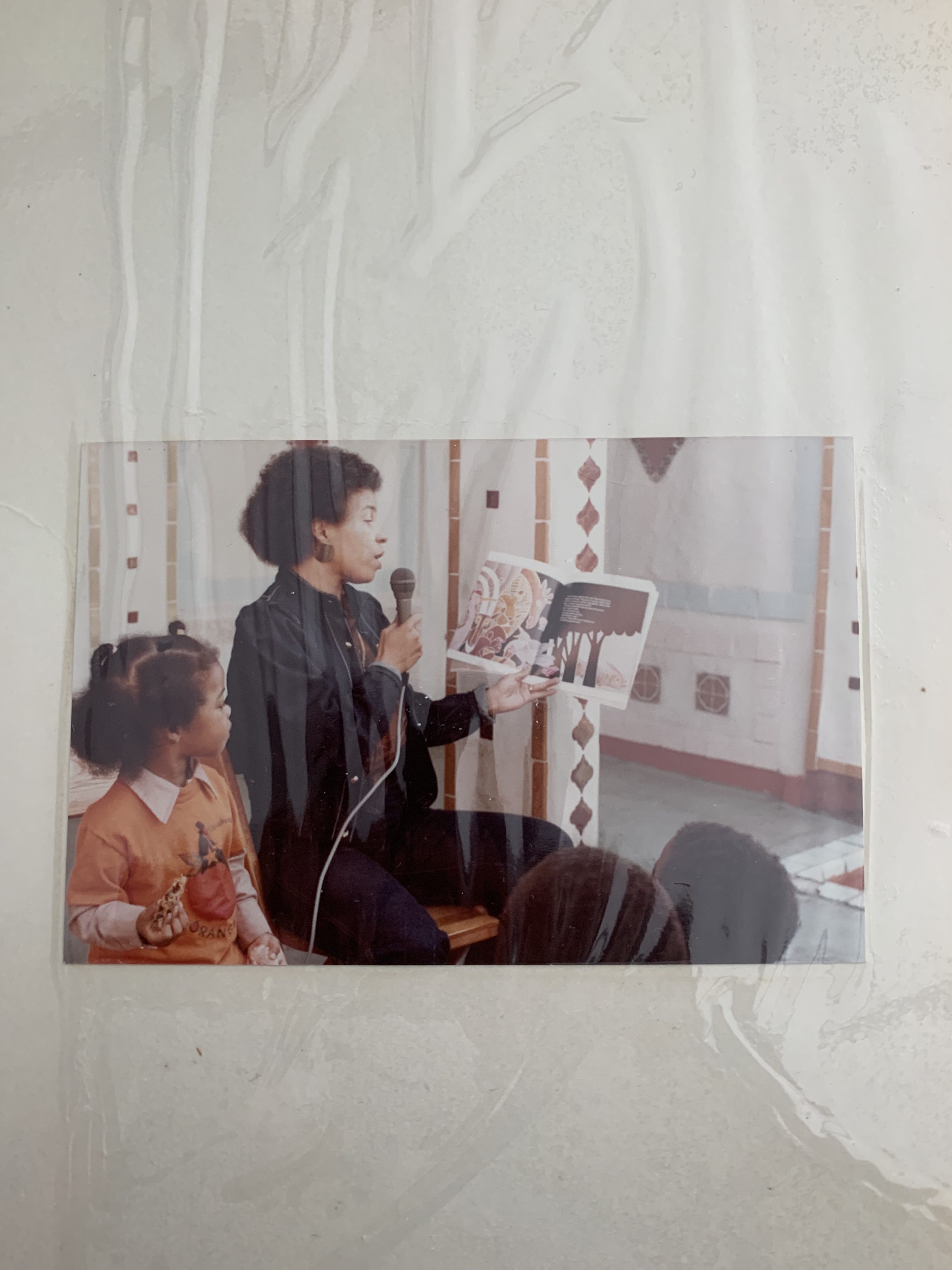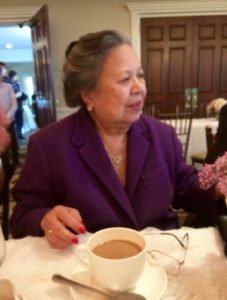Our class spent in the archives was without a doubt the most engaged I’ve ever been in a college class. The excitement and honor I felt to look through Ntozake’s personal collection of books, awards, jewelry, manuscripts, etc. was unmatched. Through it all, however, what stood out most to me were the photo albums.
The first photo album that I went through featured a range of photos of Ntozake with what appeared to be friends/family. There is something so personal about photo albums, the ways in which we select and organize which snapshots to hold dear, that made these albums feel personal even to me despite having no connection to the content.
The second photo album, after two visits to the archives, remains my favorite find. This album, unlike the others, was focused specifically on Ntozake’s daughter Savanah. The album was comprised largely of photos that appear to be taken by Ntozake which was truly a beautiful sight–– to see a young Savannah through Ntozake’s eyes . Ones that displayed Ntozake were alongside Savannah…reading a story book or posing for a casual portrait.
What stood out to me more than the photos, however, was a poem that Ntozake wrote to Savannah.
Savannah
brown sugar cookie
how I miss you….
The words of her letter lay on top of a river of stamped hearts. As always, Ntozake even in her expressions of love bends traditional form and language. “Guard mi corazon…” Inserting Spanish and coupling her writing with imagery, she seems encourage Savannah to navigate the world freely as she does solely in the form of the writing.
 Funnily, my immediate response was to send the letter to my mother. On the phone later that same day, we raved about it together. Our phone call ended with my mom saying “We didn’t have classes like these when I was in college, I feel so blessed to experience them through you now.”
Funnily, my immediate response was to send the letter to my mother. On the phone later that same day, we raved about it together. Our phone call ended with my mom saying “We didn’t have classes like these when I was in college, I feel so blessed to experience them through you now.”





